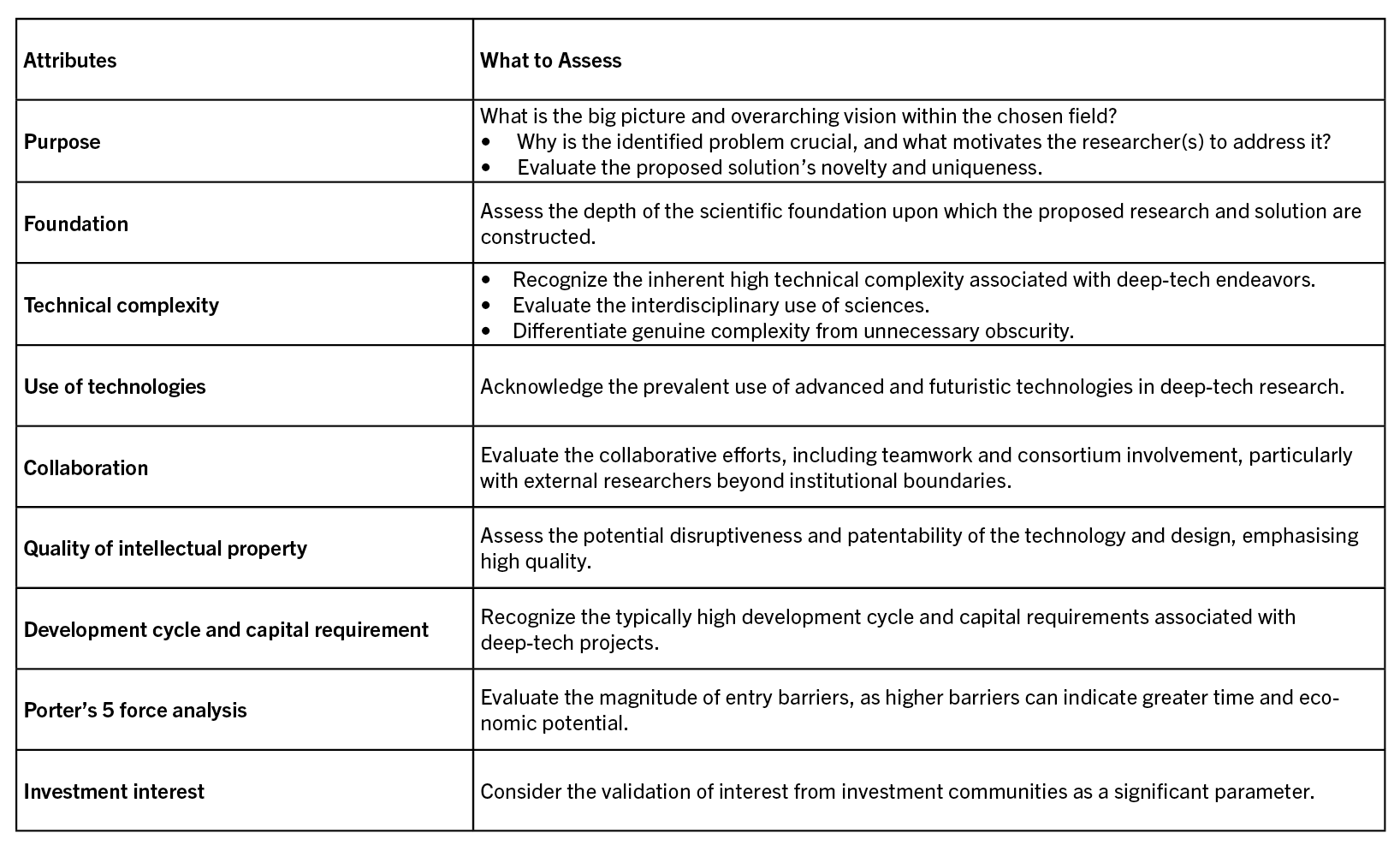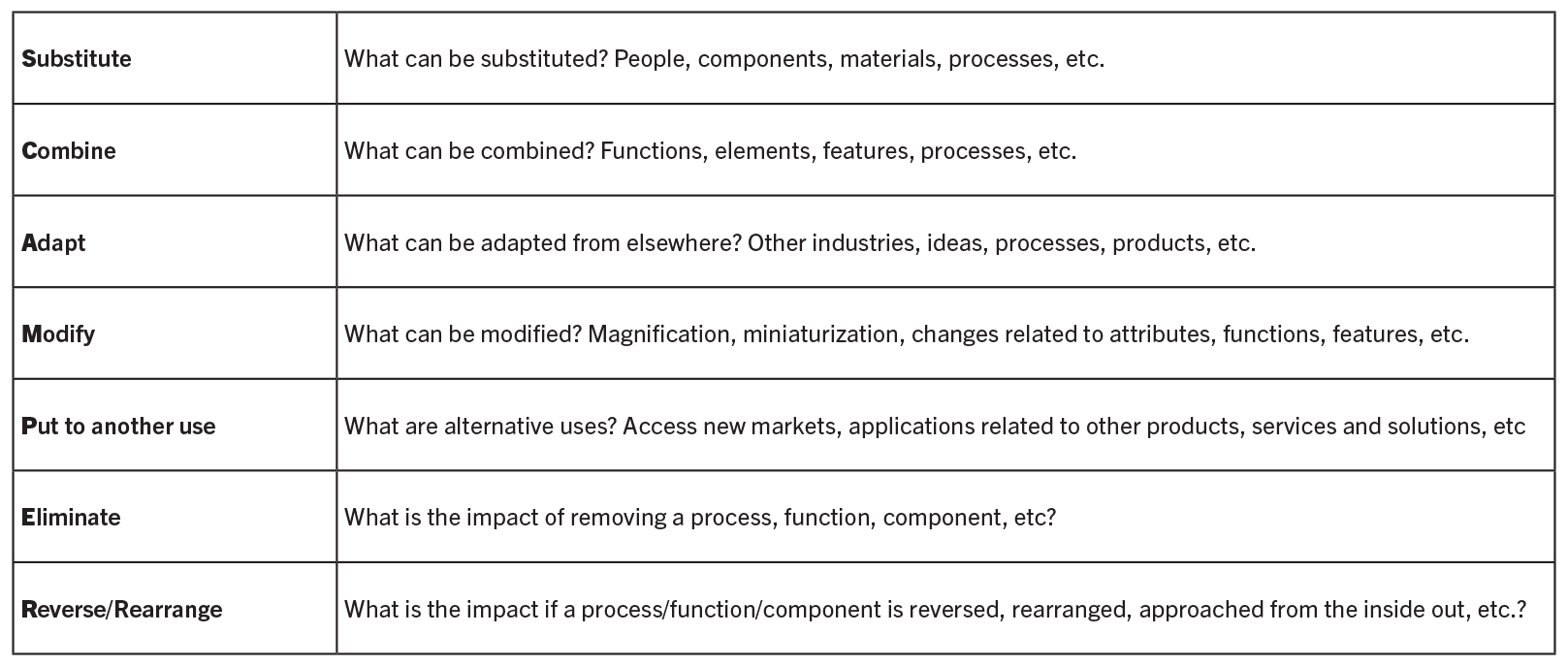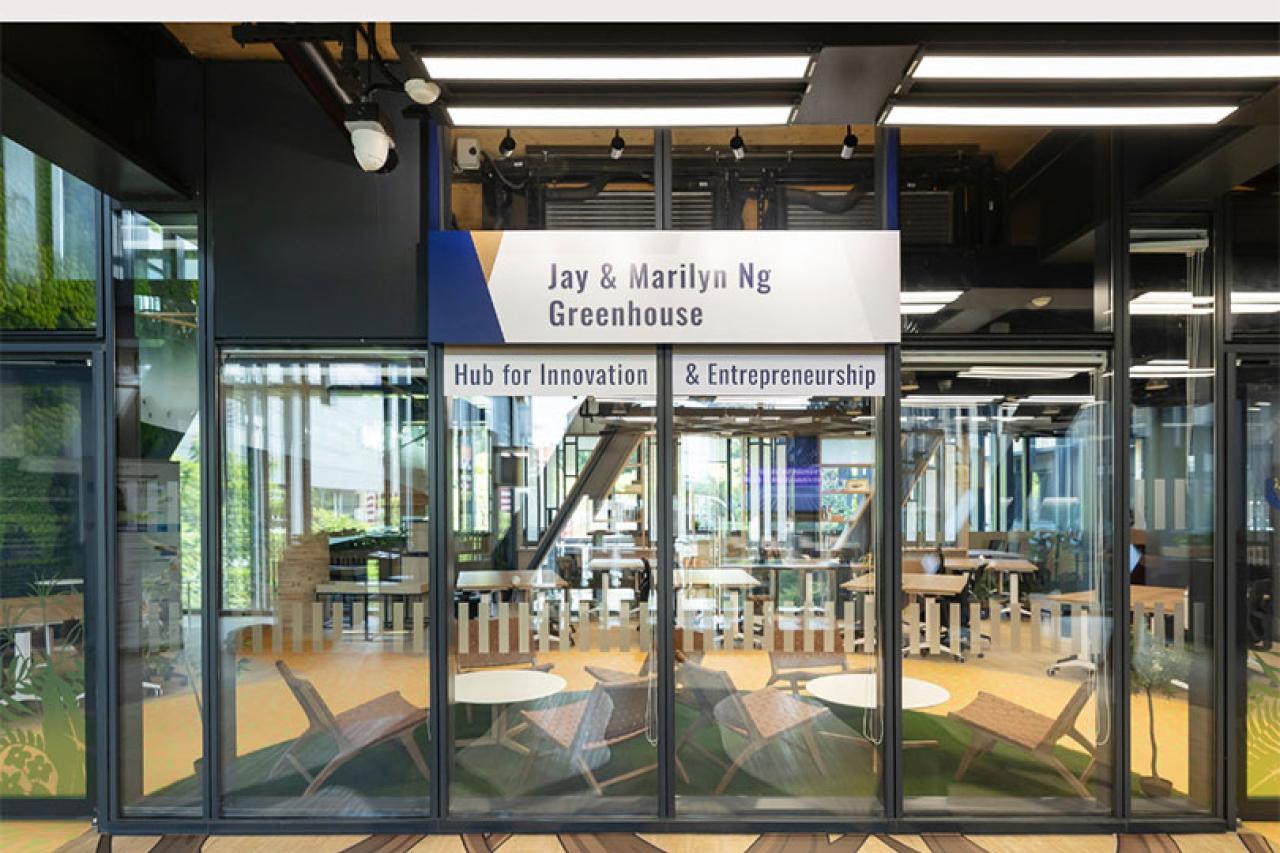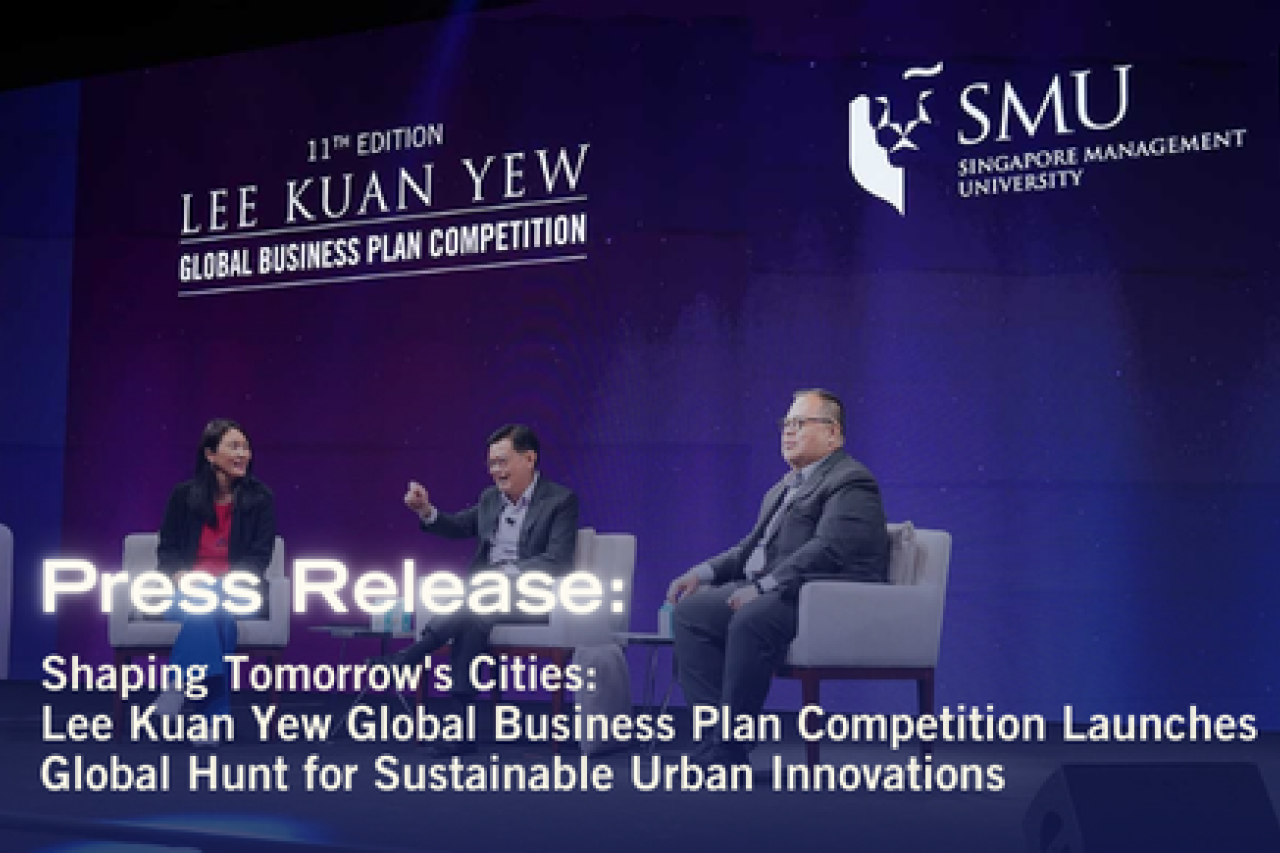KTC Feature: Today's Fast-Moving World Requires Both KPI-Driven and Purpose-Driven Innovation Strategies
Monday Apr 08,2024 | IIE News


Global investment in research and development is higher than ever, but global productivity is trending in the opposite direction. This signifies a need for new innovation strategies to find a balance between incremental innovation driven by key performance indicators (KPIs) and purpose driven innovation, which inspired the groundbreaking innovators of the industrial revolution.
The McKinsey article “Building an R&D Strategy for Modern Times” states that global Research & Development (R&D) spend reached new heights in trillions, and half of this stems from governments and academic institutions. The report underscores the need for new approaches to achieve better outcomes, as often R&D leaders come under pressure from the accelerated innovation cycle to quickly show results and also need to overcome lack of customer centricity (purpose).
However, a 2021 International Monetary Fund (IMF) report titled “World Economic Outlook: Recovery During a Pandemic” presents alarming findings: Despite significant R&D investments, particularly in private and applied research, productivity growth in advanced economies has been slowly declining for a few decades. This empirical evidence challenges the belief that innovation investment automatically enhances productivity, potentially impacting the competitive advantage of economies in conducting business.
A notable positive highlight from the IMF report is the demonstration of how decades of purpose-driven, basic vaccine research contributed to Moderna's ability to rapidly develop a COVID-specific vaccine when it was urgently needed. This underscores the crucial role of investing in basic research for the long-term economic benefit, as well as its potential for global spillover effects through incremental but impactful innovation and discoveries.
We live in an era inundated with keywords like AI, Big Data, Deep Tech and Machine Learning deeply embedded in all realms of technological development and solutions. Algorithms rely on these keywords to ensure relevance and conditioning us to adopt the same mindset.
The indiscriminate, unrestricted use of deep-tech strategy for all purposes has been a concern of mine for some time. Since the end of World War II in 1945, we have not witnessed many groundbreaking innovations or discoveries akin to penicillin, the steam engine or the light bulb. Instead, what we've observed are primarily incremental advancements on the achievements of the industrial revolution.
It is worth considering what motivated the innovators of the 1800s and earlier, who, despite the lack of modern conveniences and instant access to information; achieved monumental discoveries that have enduring importance. This will lead us to consider the impact of a purpose-driven approach to innovation versus the approach prevalent in the current era, which is driven by KPIs.
One argument could be that the restricted access to information in the 1800s might have limited the number of innovations and discoveries to a select few. In contrast, today's abundance of information explains the prevalent use of technological jargon and the incremental nature of modern innovations. Furthermore, with the potential use of AI-enabled tools, incremental innovation is poised to accelerate even further.
While this argument has validity, I maintain a strong belief in the significance of a purpose-driven approach to innovation and discovery. For instance, the development of batteries in the 1800s was fueled by the purpose of energy storage, a concept that continues to drive our efforts to enhance storage capabilities today. Similarly, the discovery of silicon in 1854 for the purpose of steelmaking, laid the groundwork for the production of sophisticated microchips in contemporary times, emphasising the enduring impact of purpose-driven initiatives on technological advancements.
Similarly, although DNA is commonly thought to be with a 20th-century discovery, its early exploration traces back to the study of heredity. Siddhartha Mukherjee’s book, The Gene, notes that during Mendel and Darwin’s time in the 1800s, a palpable sense of passion and a race to find solutions fueled scientific endeavors, institutional support was available irrespective of the guaranteed success of scientific outcomes, and there were no KPIs or economic strings attached to one's work.
As we enter 2024, as a technology transfer professional, I believe it is prudent to consider striking a balance between purpose-driven and KPI-driven approaches to innovation. However, it would be overly optimistic to assume that a single solution could solve all R&D challenges. Like incremental innovation, incremental changes to the management of R&D projects are necessary to enhance the impact and groundbreaking nature of deep-tech R&D.
My suggestions, organised into separate categories for purpose-driven and incremental solutions, are tailored for adoption in academic research environments to maximize discoveries and inventions in an era of incremental innovation.
Strategic Framework for Evaluating purpose-driven Deep Tech Solutions
Apply elevated standards for evaluating deep-tech technologies. Utilizing the matrix below (or similar) with Likert-scale scoring could provide a more quantifiable and empirical assessment than traditional methods. The “What to Assess” column can be further customized for specific requirements.

Incremental Assessment Framework
If the discovery or invention is incremental in nature, I would recommend using the SCAMPER framework, which I first learned about in Kyoto University’s EDX course on “Chemistry of Life,” to assess and plan the necessary research in addition to the framework discussed above. SCAMPER is known for its creativity-inducing capabilities, offering researchers a powerful tool for approaching and addressing research problems in innovative ways.

Working toward solving a problem with clear purpose will likely be needed to produce great results in deep-tech, irrespective of whatever planning tools, funding and strategies we use. At the same time, an incremental innovation outlook that includes commercial and intellectual property goals and related impacts also is very important.
A portfolio approach to R&D strategy, which incorporates both purpose-driven and incremental innovations, makes sense to generate short-term returns and meet requirements of various stakeholders without losing sight of longer-term goals with greater potential upside. Technology transfer professionals can play a key role in facilitating and implementing this approach.
____________________
Source: Global Perspectives Archives, AUTM




